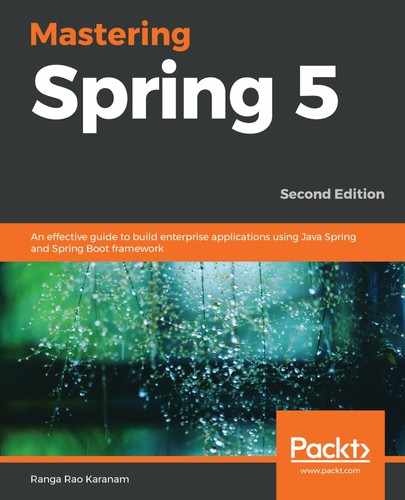HATEOAS is one of the constraints of the REST application architecture.
Let's consider a situation where a service consumer is consuming numerous services from a service provider. The easiest way to develop this kind of system is to have the service consumer store the individual resource URIs of every resource they need from the service provider. However, this would create a tight coupling between the service provider and the service consumer. Whenever any of the resource URIs change on the service provider, the service consumer needs to be updated.
Consider a typical web application. Let's say I navigate to my bank account details page. Almost all banking websites would show links to all the transactions that are possible on my bank account on the screen so that I can easily navigate using the link.
What if we can bring a similar concept to RESTful services so that the service returns not only the data about the requested resource, but also provides details of other related resources?
HATEOAS brings this concept of displaying related links for a given resource to RESTful services. When we return the details of a specific resource, we also return links to operations that can be performed on the resource, as well as links to related resources. If a service consumer can use the links from the response to perform transactions, then I wouldn't need to hardcode all the links.
An example response with a HATEOAS link is shown here. This is the response to the /todos request in order to retrieve all todos:
{
"_embedded" : {
"todos" : [ {
"user" : "Jill",
"desc" : "Learn Hibernate",
"done" : false,
"_links" : {
"self" : {
"href" : "http://localhost:8080/todos/1"
},
"todo" : {
"href" : "http://localhost:8080/todos/1"
}
}
} ]
},
"_links" : {
"self" : {
"href" : "http://localhost:8080/todos"
},
"profile" : {
"href" : "http://localhost:8080/profile/todos"
},
"search" : {
"href" : "http://localhost:8080/todos/search"
}
},
}
In the preceding output, the following links are included:
- Specific todos (http://localhost:8080/todos/1)
- Search resources (http://localhost:8080/todos/search)
If the service consumer wants to do a search, it has the option of taking the search URL from the response and sending the search request to it. This would reduce coupling between the service provider and the service consumer.
